
Materials and structures to cover fruit trees

The use of agricultural plastics has been implemented for several decades in crops to enhance them, obtain better quality produce, manage to harvest earlier, and even harvest in seasons where it was unthinkable before. This time, we will talk about different materials for fruit tree covers.
It is no secret that the use of plastics has been of great help to agricultural producers around the world, so it is important to inform them about the different plastic cover materials created for different needs with the objective to protect their fruit trees and maximize their yields.
A bit of history
Decades ago, when agricultural producers began to see the need to protect their fruit trees, one of the main motivations, if not the only one, was to protect them from the diverse atmospheric agents that came with each season, such as rain, wind, sand and hail.
However, as time went by, agricultural producers realized that the use of plastics not only protected their fruit trees, but also allowed them to increase the number of exportable products, the fruits were more uniform, had better color, and better flavor, were larger, and they could as well reduce water use, and optimize irrigation.
They also realized that by having a fruit tree cover structure, it was easier to reduce bird damage, there was better control of insects and dust, as well as better control of unwanted bacteria and pesticides.
According to Juan García, Product Manager for Greenhouse Plastics at Armando Alvarez Group, all this also translates into specific benefits for each crop. “If we talk about kiwis, PSA (bacterial canker) is avoided; in the case of cherries, the formation of double fruits is minimized, among other advantages. Protected agriculture allows us to modify the natural process of fruit trees, for example, to delay harvesting and ultimately obtain better production and benefits in the short and long term.”
García explains that the use of plastic covers influences two fundamental aspects of the development of a good crop, i.e., the reduction of fruit damage and the increase in production. Depending on the fruit crop and its varieties, it will influence one aspect more than the other.
Effects of plastic covers on crops
Juan García emphasizes that agricultural producers must be very aware of the importance of knowing that once they have decided to protect their crops, either with mesh, nets, or a specific type of plastic, these will modify the microclimate of the crop and, therefore, will also modify the physiological response of the plant, so each crop must have specific management of all the factors that affect the environment within the greenhouse or the structure used (irrigation or fertilization, for example).
In this sense, the type of structure chosen by the agricultural producer, as well as the type of plastic cover to protect the crops, will be the key to their good development.
Garcia explains that there are different types of structures, such as tunnels or chapels, however, each one has its advantages and disadvantages, aspects that should be considered to choose the plastic cover that best adapts and provides the greatest benefits to your crops.
“It is necessary to carefully analyze the objectives pursued to avoid paying more for a product if the objective does not justify it,” García points out.
In addition, García indicates that it is usual to see some crops where different types of plastic covers coexist in the same structure, such as high-density with low-density plastic covers, or also a combination of mesh and nets.
You may also be interested in reading our article on how to increase productivity in cherry cultivation.
When and why should crops be protected?
According to García, everything will depend on whether the return on investment justifies it, that is, it will depend on the type of fruit being grown, its geographical location, and the destination market for the fruit being produced.
For example, in the case of cherries grown in Chile, the investment in fruit cover materials is more than justified, since the climatic conditions in the region can be unpredictable. It is essential to protect these crops to ensure good production, not only to meet the needs of the country, but also those of other regions where they are exported, and that would be China in the case of cherries from Chile.
In the case of blueberry-growing countries, it can be said that in the last 10 or 11 years (between 2010 and 2021) there has been an increase in production thanks to the use of fruit cover materials. An increase of more than double the production from 450 thousand tons to more than one billion tons of blueberries has been evidenced.
“Blueberries have expanded its production in more than 30 countries, assuming there are approximately 200 thousand hectares of preparations in production, maybe a little less. The main blueberry-producing countries still have data from 2022, but it is suspected that production will grow during the year, despite all the export difficulties such as rising input prices, and transport delays. However, some of these factors that negatively affect some producing countries, end up benefiting others,” explains García.
In the case of Peru, its climatic and geographical conditions allow it to produce hundreds of tons of blueberries per year, which gives the country a competitive advantage over seasonal agriculture.
In addition, Peru’s low labor costs have made it the world’s largest blueberry producer along with China. On the other hand, Mexico and Morocco have also increased their annual production of fresh produce and will continue to grow, among other aspects, also because of the cheap labor, and the proximity of the transportation of the fruit that attracts the attention of transnational companies.
In the case of South Africa, their strategy is to place quality products on the market. In this case, plastics are essential for these agricultural producers who seek to produce the best fruit.
In the case of total blueberry production by country, here we are talking about thousands of metric tons, and according to Blueberry Consulting the top 10 countries are the following:
However, according to data from Blueberry Consulting as well, these top 10 countries vary when we talk about those with the highest yields per hectare cultivated:
In this case, García points out that he considers that other factors have an influence here, such as, for example, the optimization of these countries in the production of different blueberry varieties that improve the fruit’s resistance to heat, cold, diseases, etc. Other important factors that have an influence are the geography and climate where blueberries are grown, where the protection of the fruit trees is key.
In the case of these countries, which are not necessarily the largest producers in terms of volume, but in terms of yield, crop protection is essential, in addition to other technological resources developed for crop optimization. The reason is that their strategy is based on product quality, fruit flavor, size, and firmness, and this is achieved by using cover materials.
In the case of table grapes and kiwifruit, we recommend that you consult the fruit tree protection options offered by Solplast, in addition to the products Alvagrapes, Alvacherries and Alfruits from Rafia Industrial.
Benefits of fruit tree cover materials
According to Borja Devís, Agricultural Engineer of the Agricultural Plastics Division of Armando Alvarez Group, the protection of fruit trees has many advantages and, it is something that will be maintained in the future due, among other reasons, to the climate change that we are currently experiencing.
Fruit tree covers protect the trees from extreme temperatures, humidity, rain, snow, wind, or frost, but there are other additional benefits such as:
- Earlier or delayed harvests
- Obtaining fruits of better quality and with better coloration
- Reduced use of water resources
- Less use of pesticides
- Better proportion of portable fruit
- Better fruit growth
What materials are used for fruit tree covers?
According to Devís, the materials used in fruit tree covers are usually separated into two groups, i.e., laminated raffia and multilayer solution materials.
When it comes to laminated raffia, this is a high-density polyethylene fabric, plasticized on one or both sides. It is a very strong material in terms of mechanical properties and has good light diffusion.
Other characteristics of laminated raffia:
- Very strong material with weights ranging from 130gr/m2 to 215gr/m2
- Widths from 1.5 to 4m
- It is friendly to bees and bumblebees so there are no inconveniences when they need to pollinate
- High levels of mechanical resistance
- Material with lateral and central reinforcements (depending on width)
- Offers 3 different finishes: perforated, metal eyelets, and PP twine
Multilayer films or solution materials are made of low-density polyethylene with high-light transmission. Its multilayer technology, currently up to seven layers, allows a wide range of additive materials to be used to produce different materials, depending on the crop’s needs and the agricultural producer’s objectives.
Other characteristics of multilayer films:
- Available widths from 2m to 4 m
- Thicknesses from 120 to 200 microns
- Friendly to bees and bumblebees, so it allows pollination
- Material with lateral and central reinforcements (depending on width)
- Reinforcement types: metallic eyelets, and PP twine
In both cases, Devís highlights the importance of the reinforcements that these plastic covers have, because since they began to be used in the 1990s, they have always been made from metallic elements. However, a few years ago a new reinforcement was developed with a PP twine that works perfectly well with different polyethylene covers.
This type of reinforcement was initially used for lighter applications but has evolved to be able to withstand -with a double reinforcement- the higher mechanical demands that exist today in new structures for fruit tree covers, as well as new applications in other crops that are being developed worldwide.
“This is not something new, each crop can have different solutions in terms of structures, always depending on the objectives, the investment capacity, and the yields of the same,” Devís points out.
What are the types of fruit tree cover structures?
According to Devís, there are several types of fruit tree cover structures, depending on the type of crop to be grown, such as table grapes, blueberries, cherries, and kiwis, as well as the climatic and geographical conditions, and the agricultural producer’s objectives.
The types of structures include tunnels, roof structures, and greenhouses, among others.
In the case of blueberry cultivation, the most common way to grow blueberries is under tunnels; however, for some years now, other cheaper and lighter structures are gaining ground replacing some traditional structures. The choice will always depend on the agricultural producer’s objectives, investment capacity, and geographical and climatological conditions.
For example, traditional tunnels have metal structures, while there are options such as roof structures that can be made with wood or concrete poles.
The costs per hectare can vary depending on the country, access to materials and their installation, labor costs, etc. However, in the case of traditional tunnels, these can cost between USD 50,000-60,000 per hectare, while structures made of wood or concrete can cost between USD 20,000-30,000 per hectare.
Some features of both structures:
Tunnel structure:
- Metal structure
- A warmer structure, which makes it the ideal solution for early harvesting
- Plastic covers can be removed in the summer
- Slower operations to open and close the plastic covers
Roof structure:
- Wood and concrete poles
- Provides greater ventilation
- Has a permanent or mobile structure
- It is easy to handle in case of opening and closing
Regarding the different structures and cover materials, we invite you to read our success story of blueberry cultivation with a simpler and cheaper structure than high tunnels.
What kind of accessories are used in these types of structures?
According to Devís, it is important to know the accessories that are most commonly used in these types of structures, so that agricultural producers can take full advantage of them, obtaining better performance.
- Pole cover: depending on the type of pole, it can be round or rectangular.
- Oval carabiner: one of the most important accessories, as it will keep the plastics in place, especially in windy regions.
Regarding the distance between the holes of the oval carabiner, it generally ranges from 30 to 50cm between holes, depending on how strong the structure needs to be.
For example, in windy regions, it is recommended that the holes be located 30 to 40 cm apart; however, in areas where there is almost no wind, the distance of the holes can be done every 50 cm.
- Elastic cord and reinforced plastic cover: very important to provide flexibility to the structure, thus preventing the plastic covers from becoming too rigid and tearing, especially in regions with winds of up to 100 kilometers per hour.
It is also quite helpful to prevent water, snow, or hail from accumulating on the roof.
Here you can see the effect of using the elastic cord on a kiwi crop in Italy, which would work in the same way for blueberry crops:
Case study of blueberry cultivation in Portugal
Borja Devís mentions a successful case of a blueberry crop in northern Portugal, where an agricultural producer who was cultivating yellow kiwis, decided to eliminate them and start planting blueberries after several years of facing disease problems such as PSA, one of the major problems worldwide in the cultivation of kiwis.
At this point, we would like to invite you to read our post on kiwi cultivation where we explain how plastic covers can help farmers eliminate the problem of fruit diseases such as PSA or bacterial canker.
Going back to the success story, this grower started three years ago with a couple of hectares and due to the positive results achieved each year, today he has already managed to cover more than five hectares in three completed seasons. In this case, the agricultural producer decided to use a laminated raffia roof structure for the crop.
Benefits of this success story in Portugal:
- Advance harvests by an average of seven to ten days compared to other open-field crops
- Improve yield and quality of blueberries
- Achieving more homogeneous fruit and more concentrated harvests over time implies savings in labor costs.
- 2€ more per kilo of fruit put on the market compared to blueberries cultivated in open fields.
- Being able to harvest on rainy days allows for better planning of the necessary resources.
- Achieve almost zero crop losses under cover, while in open fields they can range from 10%-15% losses in a normal year, and no less than 40%- 50% losses in years with rain or hail during harvest.
- Reduce phytosanitary applications to zero, without finding any cases of botrytis.
- Keep Drosophila Suzukii under control thanks to the low humidity ranges under the covers.
- After the first year, the agricultural producer had already managed to recover all the initial investment.
With this structure that’s cheaper than tunnels, and due to the specific needs of this crop, the agricultural producer was able to recover his investment in one crop year.
What about the sustainability in the manufacture and use of cover materials?
Regarding this aspect, Borja Devís emphasizes the importance of promoting sustainability and how Armando Alvarez Group’s sustainability plan, GoCircularPlastics, is promoting a change in the industry for the circular use of plastics.
He explains that GoCircularPlastics’ strategy is based on four key factors:
- Re-educate
- Reduce
- Reuse
- Recycle
“The new fruit tree cover materials and structures that are available today are perfectly related to our sustainability plan. Today we can reduce the thickness of the materials without losing performance thanks to technology. With the new machinery, we can reuse plastics, so every season plastic mulch is removed, stored, and protected to extend its useful life. Every year the recycled plastic is reused and thanks to the PP twine we have been able to change the metal eyelets and recycling has become easier,” Devís points out.
We invite you to also read about the benefits of 2-in-1 plastics in terms of sustainability.
What are the main advantages of PP twine over metal eyelets?
In addition to being easier to recycle, it allows us to offer agricultural producers more competitive and thinner materials, thus obtaining high-yield results.
What happens with metal eyelets is that they tend to tear the plastic covers, because when the wind is stronger the plastics move, and the eyelets tend to cut the reinforcement in the covers.
Is there a problem if the cover is not removed every season on a roof structure?
According to Devís this is not a problem. For example, the agricultural producer in the blueberry growing case mentioned above has more than five hectares of crops and he keeps some of them covered all year round, since the structure is more ventilated than a tunnel, and they do not present problems in summer with high temperatures.
If the decision is made to remove the covers, the only thing to consider is to make calculations regarding how long you want to extend the life of the covers, as well as the labor cost implied in removing and reinstalling the fruit cover materials.
For more information, we recommend you watch our webinar on plastic cover solutions for fruit trees.
What are the differences between a plastic cover for strawberries and a plastic cover for blueberries?
At this point, it is important to clarify that even if we talk about a single crop, there is the possibility of using several types of plastic covers, since it won’t be the same to have a strawberry crop in Poland, as one in Mexico, so it will always be essential to identify the needs of each crop to know which covers to use and thus take full advantage of them.
But assuming it is for the same crop, in the same area, in the case of blueberry crops it is advisable to use plastic covers that have a greater light diffusion capacity than more transparent materials.
For more information on what types of plastics to use, we recommend reading our article on frequently asked questions about fruit tree covers.
Which is more advisable for grape covering, raffia, or film? Which one has better wind resistance?
This decision will depend on the agricultural producer’s objectives. If the idea is to bring forward the harvest of the grape crop, the most advisable is the film which, being a thermal material, allows for maintaining warmth throughout the season and even achieving higher temperatures at the beginning of the cycle.
If the objective is to protect the grapes from rain or hail, or if the covers are to be opened and closed every season, every four or five months, it is best to use raffia to take advantage of its mechanical properties, which are stronger than the mechanical properties of the film.
Regarding wind resistance, it will depend on the type of structure, for example, if a roof structure is considered, it is possible to make a material with the same reinforced resistance, either with raffia or film.
If they are resistant to tree branches or the like, raffia may be the most advisable, since it is a type of fabric, and it is less likely to tear completely as a film would.
For more information, we recommend watching our webinar on reinforced fruit covers.





![[eBook] Sustainability and water management](https://agriplasticscommunity.com/wp-content/uploads/8_550x310_ENG-440x264.png)
![[eBook Trends in Agriculture Plastics] Increasing use of biodegradable mulch](https://agriplasticscommunity.com/wp-content/uploads/550 × 310_2_ENG-440x264.png)
![[eBook Trends in Agriculture Plastics] Reducing the plastic used in the manufacture of agricultural films](https://agriplasticscommunity.com/wp-content/uploads/550 × 310_1_ENG-150x150.png)





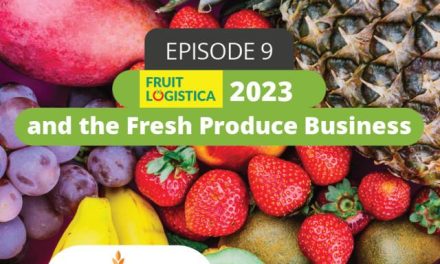

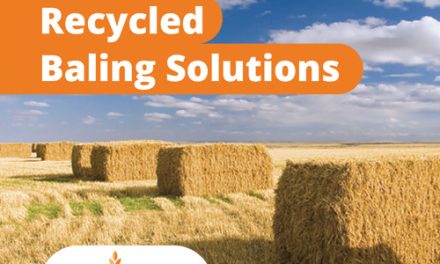


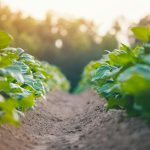
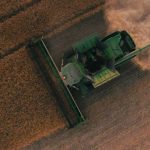






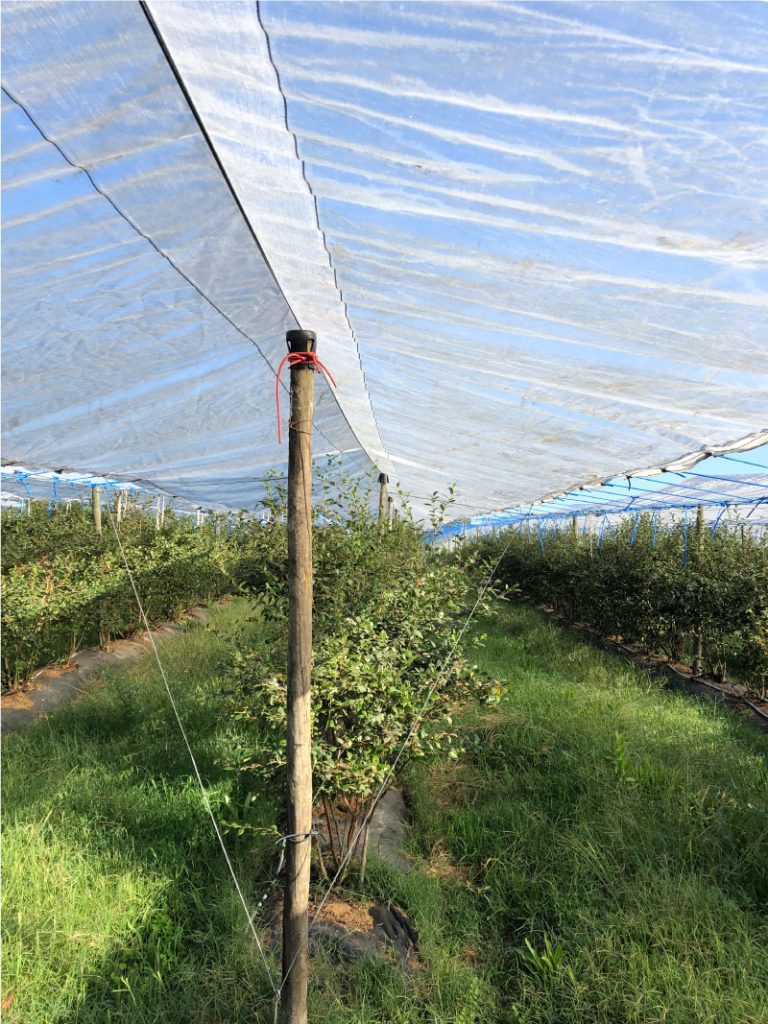

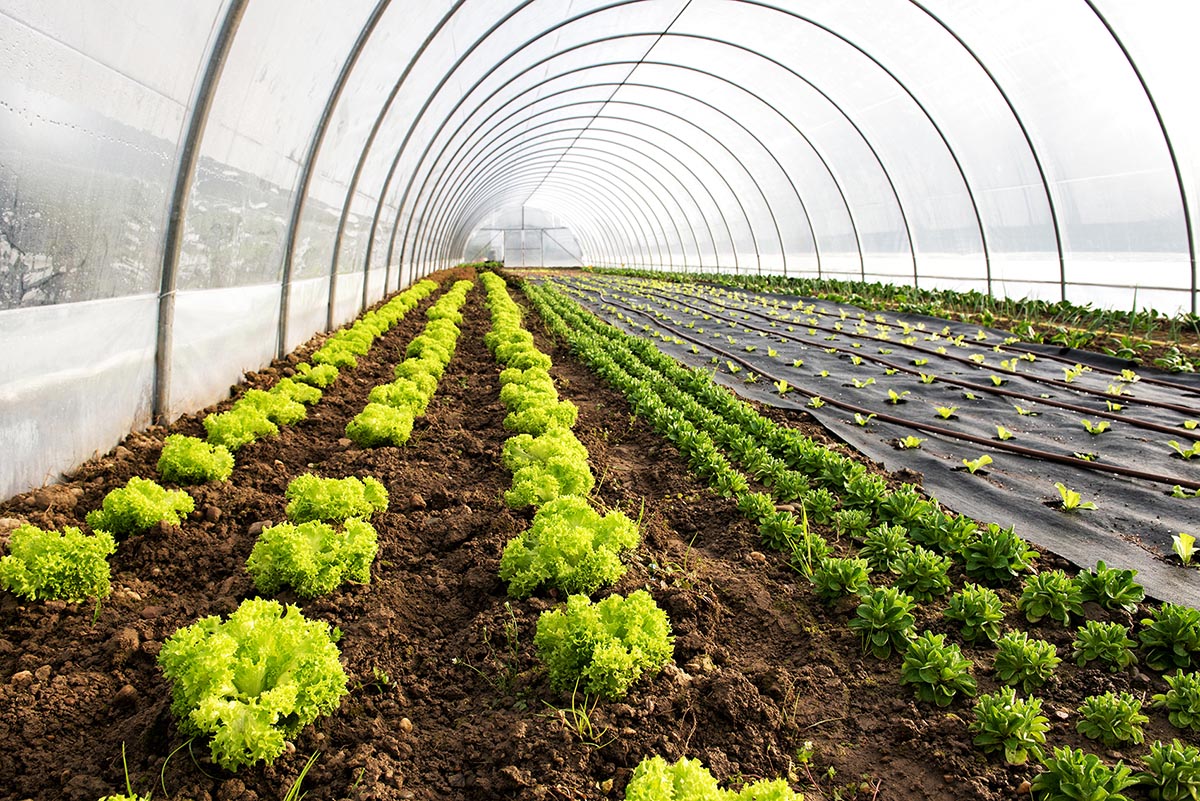

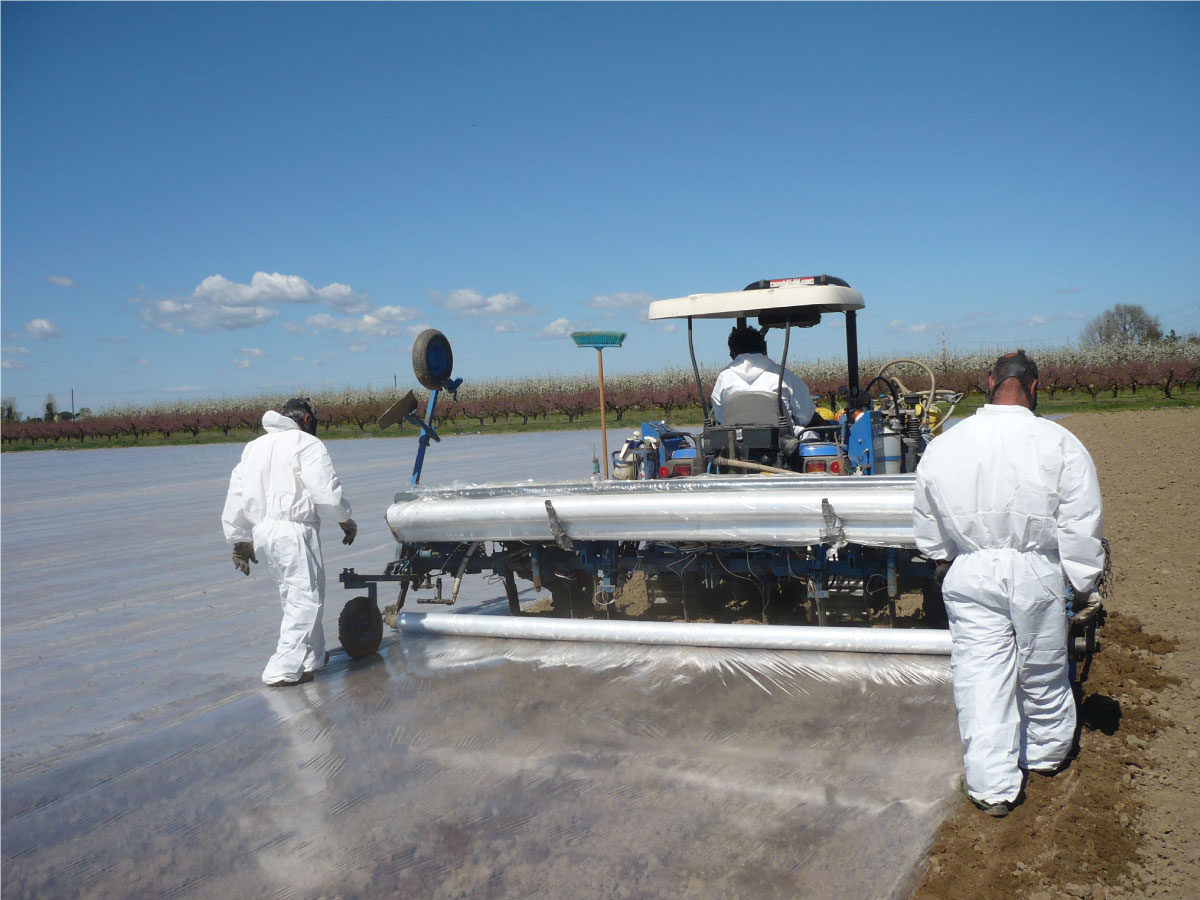
![[eBook Trends in Agriculture Plastics] Reducing the plastic used in the manufacture of agricultural films](https://agriplasticscommunity.com/wp-content/uploads/550 × 310_1_ENG-440x264.png)



